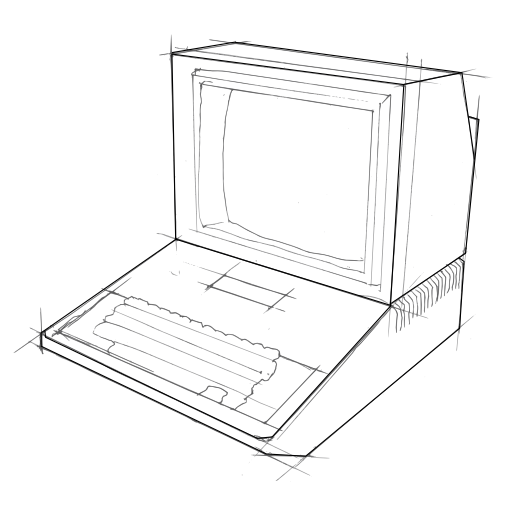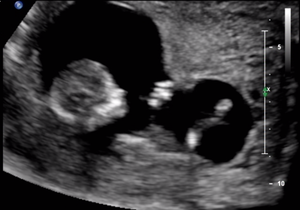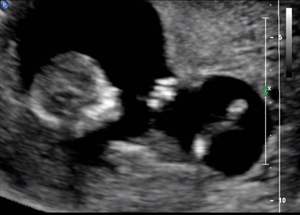I've started a new album. It is called squeakyshoecore. It is algorithmically generated acid using some software I wrote. I am going to release it online bit by bit, as I finish each track. I will announce each new track here on this blog.


The software makes two different beats and two complementary melodies using random number generators and some carefully tuned algorithms for using those random numbers. The melody shaping rules involve applying a low dimensional random fractal effect on very basic seed melodies, producing a type of self-similarity which seems to sound interesting to humans. The beats are created using a variety of custom rule sets, much like my previous work with algorithmic hip-hop in CanOfBeats and my algorithmic drum-and-bass generator, GhostWave.
After that I manually control how loud each of the parts are present in the mix, what effects are being applied to the different parts, and the parameter values of those effects. I use a midi controller to mix it in real time and record it.
Soon I will make the latest version of the Pure Data patches ("GarageAcidLab") available online under a Free Software license.
Enjoy the first tracks!
P.S. Some other music I've released on the net previously is Cryptolect, end-of-millenium style chopped-up breakbeats.



